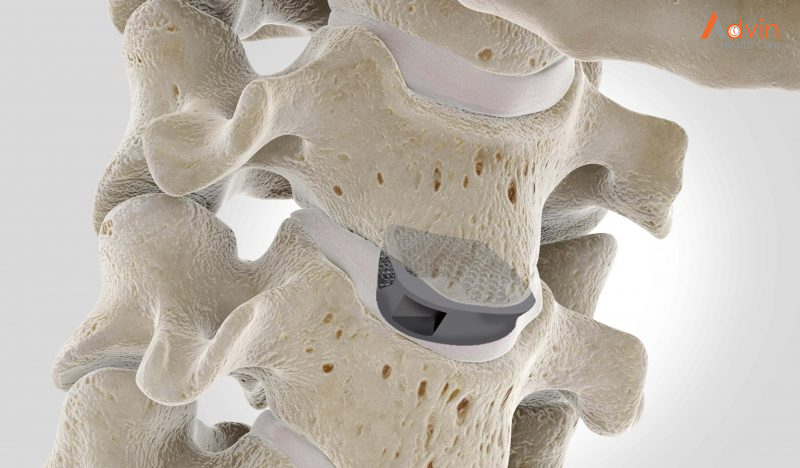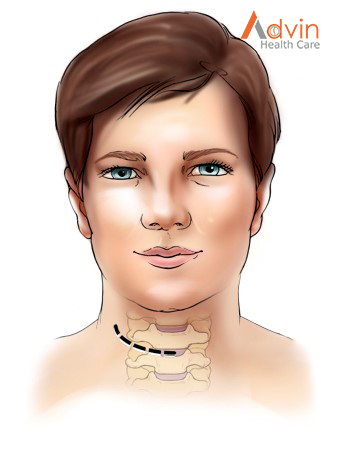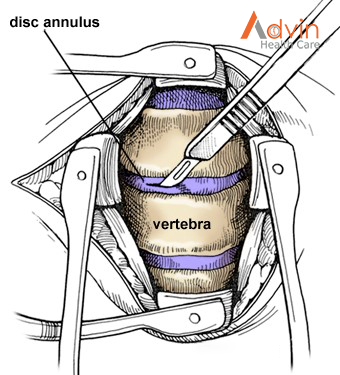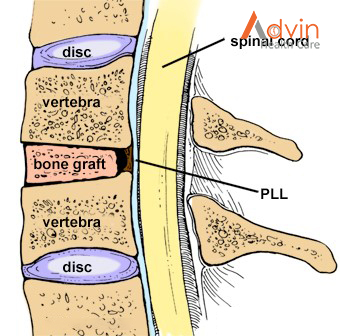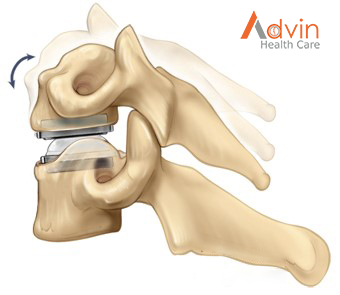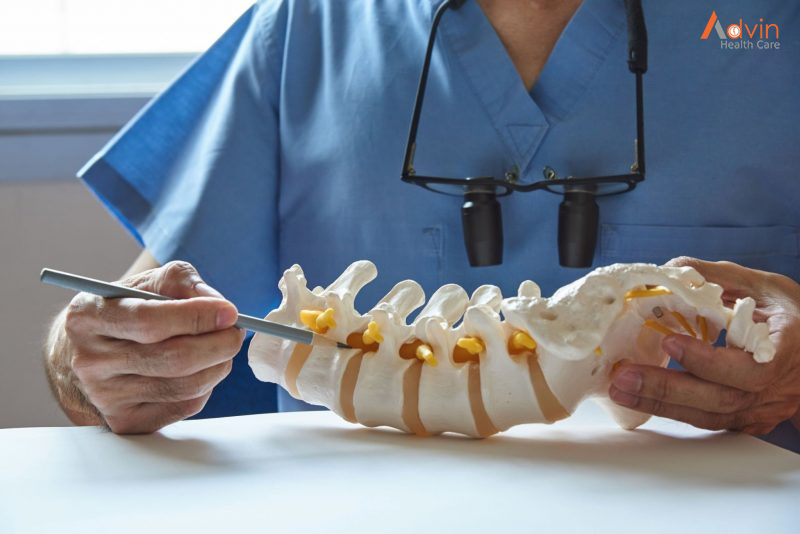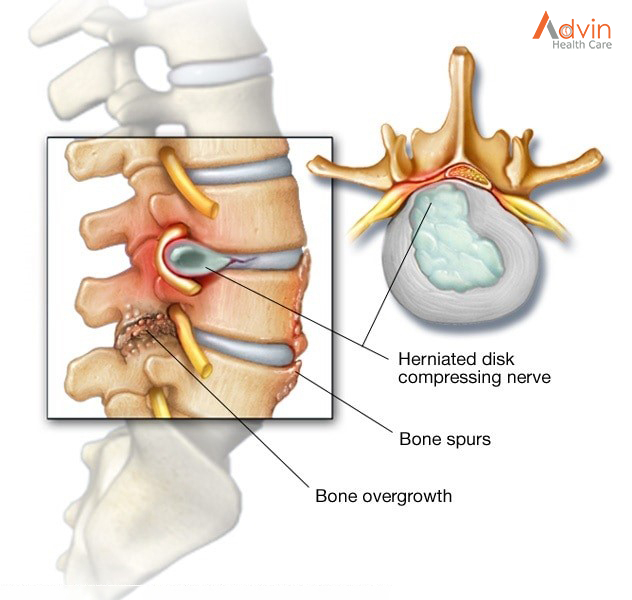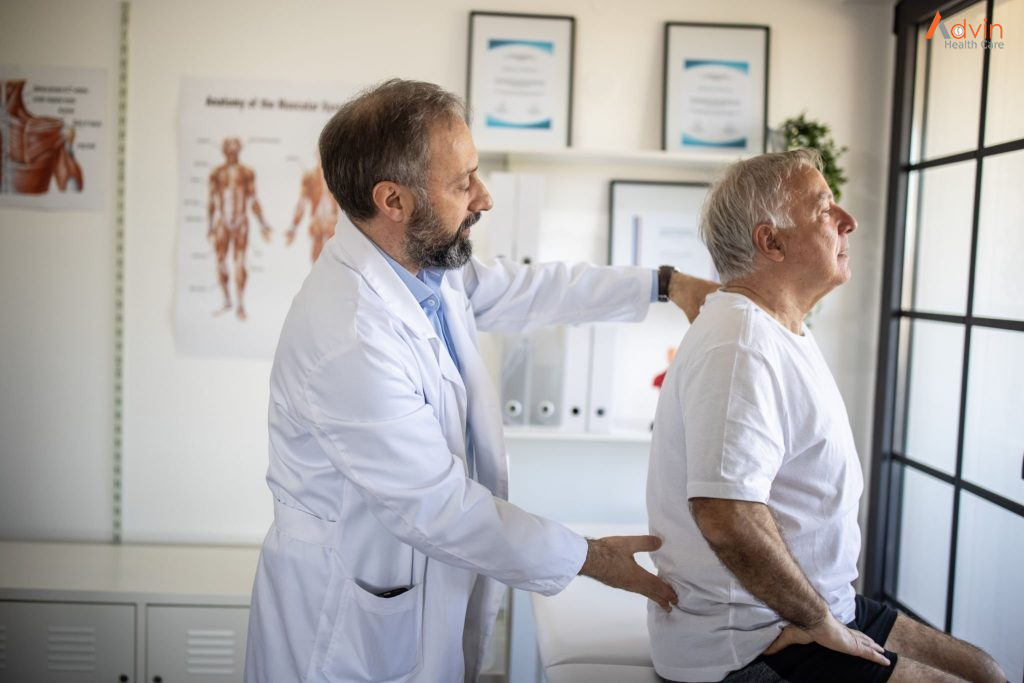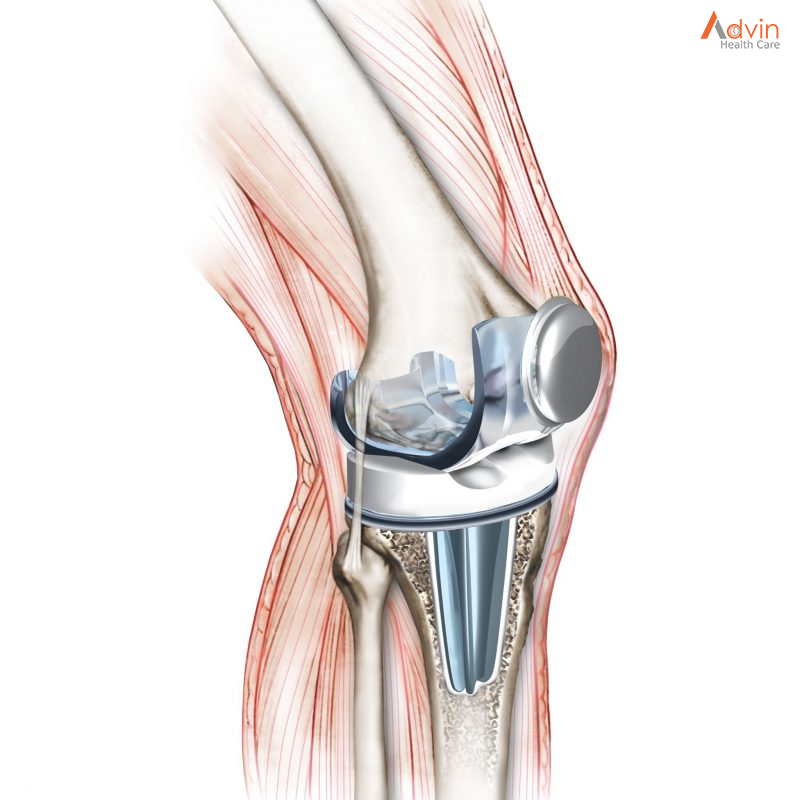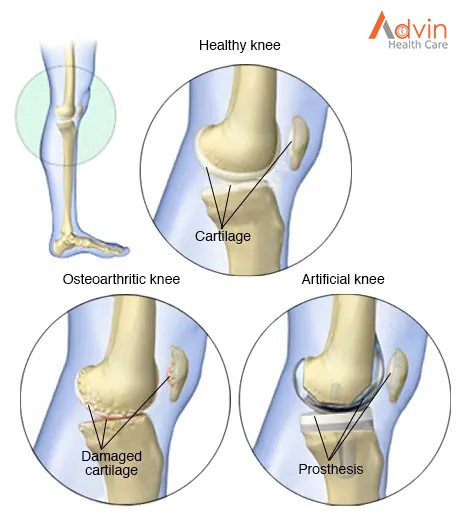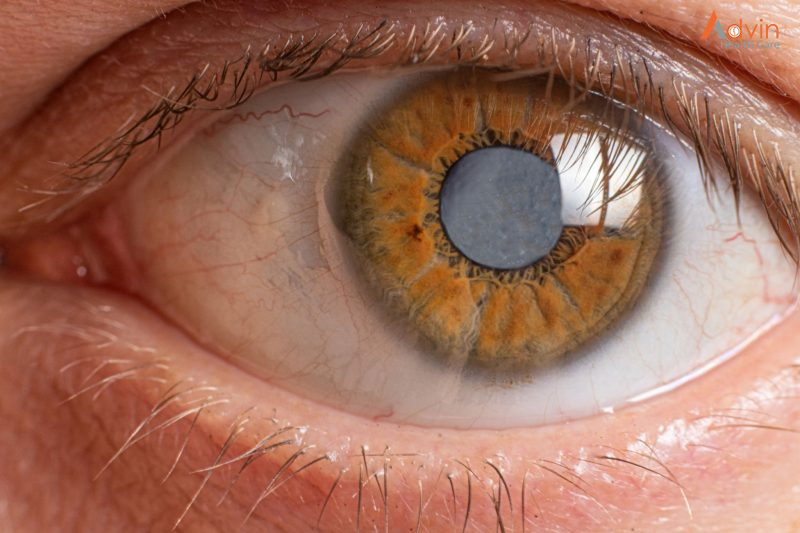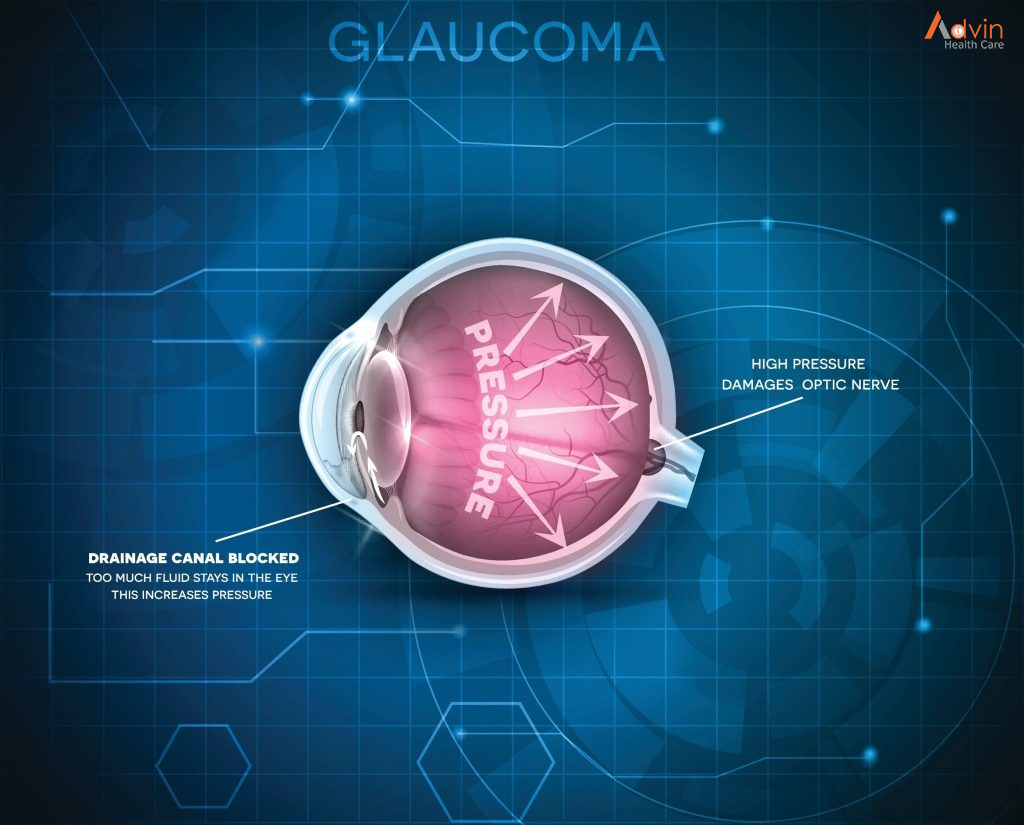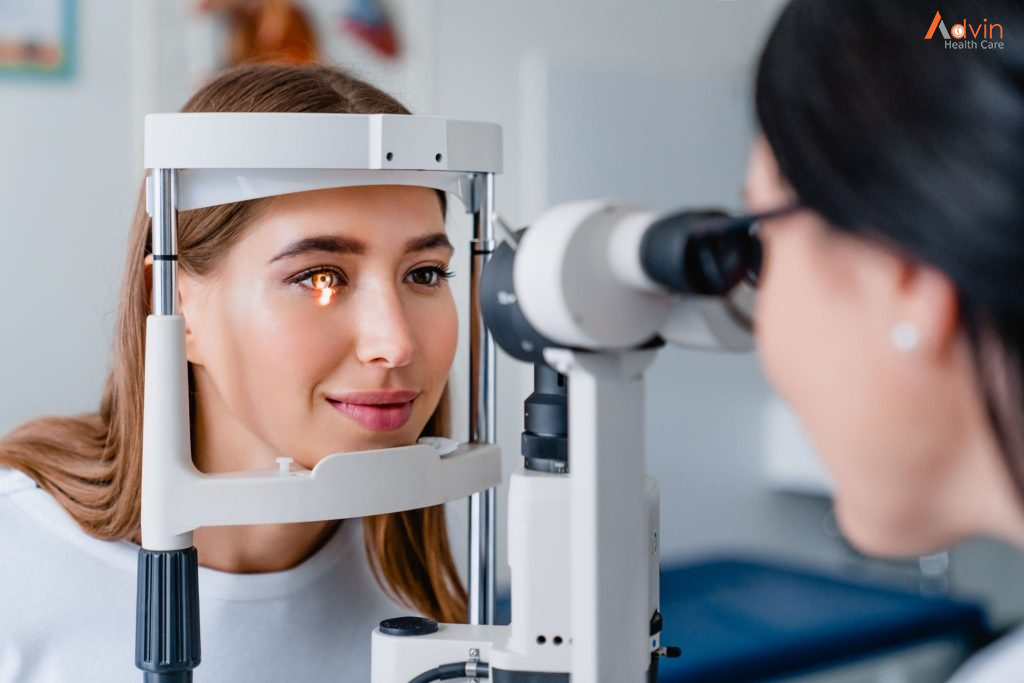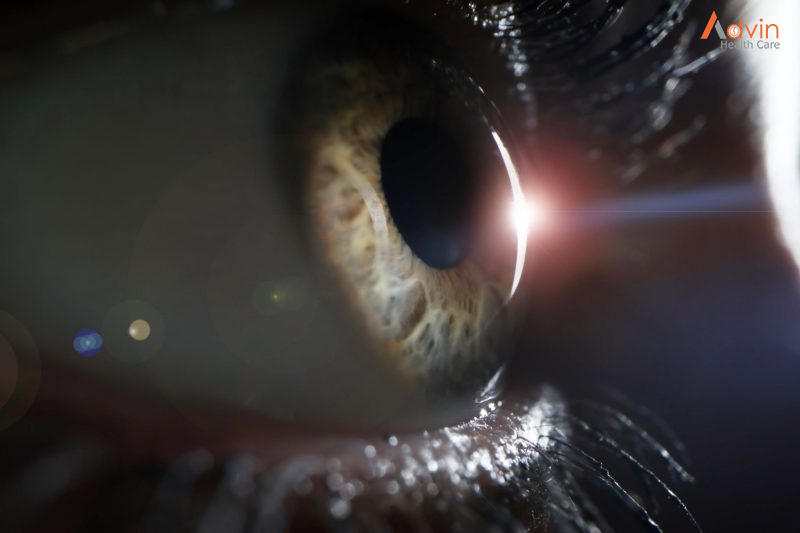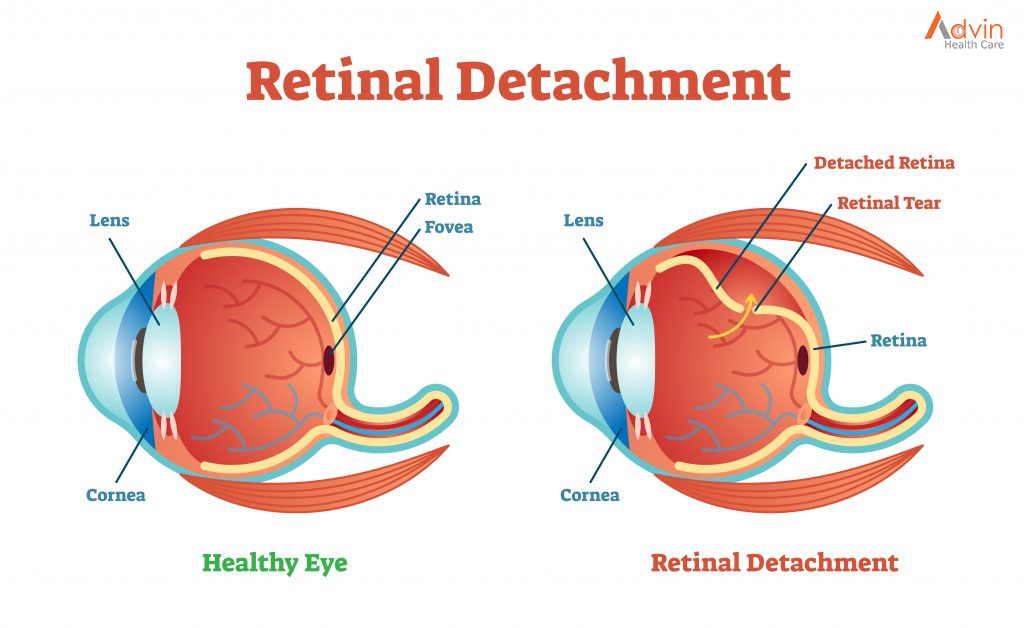Cosmetic Dentistry: What Are Your Options For Correcting Uneven Teeth?
Everyone wants to smile and laugh with confidence. However, you may be reluctant to flash your pearly whites if you have uneven teeth. Uneven teeth are a common dental issue. Fortunately, there are many effective ways to correct the appearance of uneven teeth so you can smile without hesitation. Some methods are less invasive and complex, like veneers or contouring, while others are more complicated, such as braces. Don’t be shy to smile! Cosmetic dentistry can fix your uneven, crooked, discoloured, or damaged teeth.
How do teeth become uneven?
Uneven teeth can be caused by a variety of factors. For example, genetics, poor oral hygiene, teeth grinding, age, and accidents can all lead to an uneven smile. You may think of your uneven teeth as a purely cosmetic issue. However, uneven teeth can result in other dental issues. You may develop problems with your bite or TMJ disorder, which is a painful jaw condition. Correcting your uneven teeth is one way to help prevent these serious oral conditions from developing.
Veneers

Veneers are thin, tooth-coloured, custom-made, porcelain layers that are bonded to the front of your teeth. They hide minor imperfections such as unevenly shaped teeth, gaps, chips, and cracks. Additionally, veneers can mask worn enamel and discolourations. Dental veneers are not an invasive treatment and can be completed in a couple of appointments. To adhere the veneers to the surface of your teeth, your dentist will first remove a thin layer of enamel to create a smooth surface. The veneer is then attached. Once completed, your smile will be completely transformed. Veneers can alter the shape, size, length, and colour of your teeth to create your perfect smile. However, veneers are not just a cosmetic procedure! They can also improve your bite and eliminate the need for more extensive dental care. Porcelain veneers protect your teeth from further damage and help with proper alignment between bite and jaw. Furthermore, they’re very durable and can last for many years with proper care.
Dental Bonding
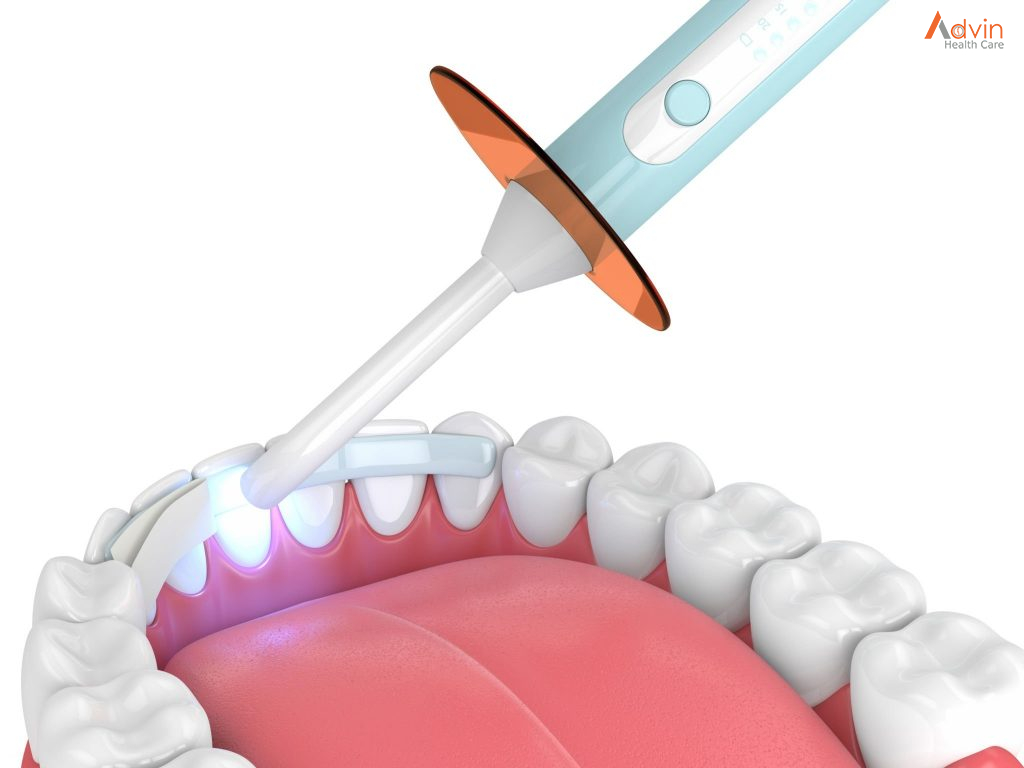
Dental bonding is one of the least invasive dental treatments. It’s also a fairly short procedure that quickly corrects uneven teeth, gaps, and minor tooth damage. Your smile will look straighter and more symmetrical as a result. During your appointment for dental bonding, your dentist applies a small amount of tooth-coloured composite resin to your tooth. The material is sculpted into the desired shape and its colour is adjusted to blend in with your other teeth. Then, the resin is hardened and polished. Once it’s cured, you get to leave your appointment with a dazzling new smile!
Contouring

Contouring, also known as tooth reshaping, is fairly self-explanatory. During this procedure, your dentist shaves off a thin layer of enamel using a rotating instrument called a bur. It corrects minor differences in the shape, length, or surface of your teeth. As a result, all the teeth in your smile will appear more consistent. This technique is a quick way to repair chips, crowding, and unevenness. It’s most commonly used on the front teeth. Also, the whole procedure is relatively painless and rarely requires an anesthetic.
Crowns
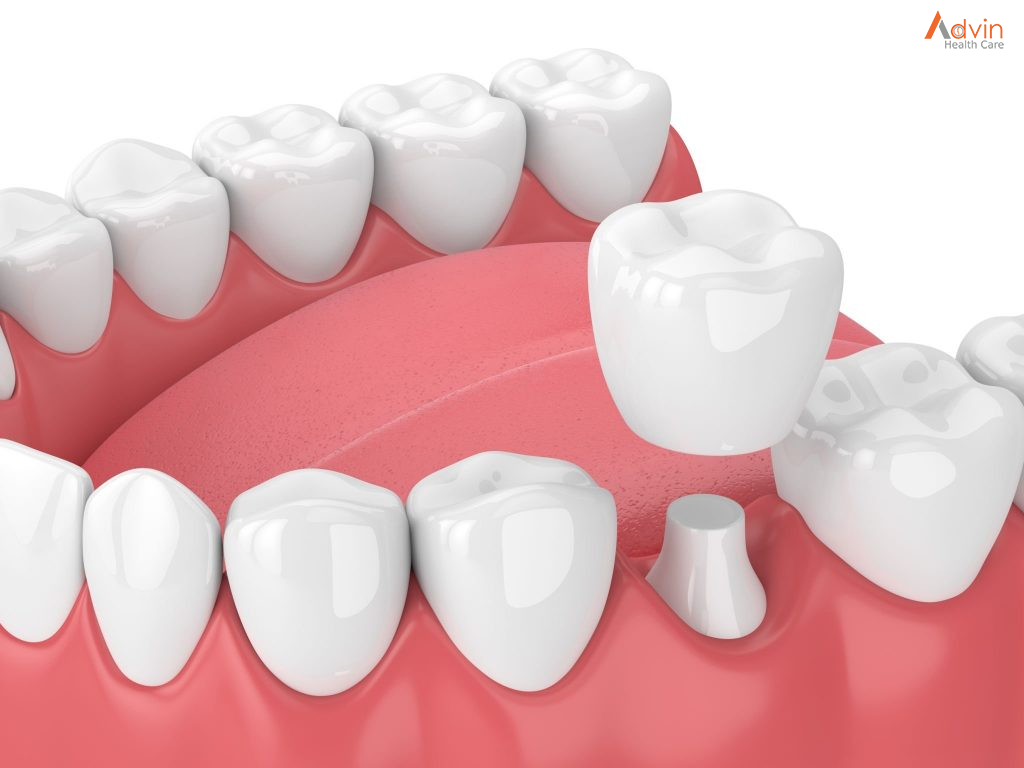
A porcelain crown is a common solution for a decayed, broken, or missing tooth. It covers the tooth above the gum line, restoring the appearance and function of the damaged tooth. However, crowns can also correct an uneven smile. Your dentist can place a crown over a short tooth, thus lengthening its appearance so it blends in with the rest of your smile. Crowns are custom-made for you, and they have a natural appearance. They’re also durable so they won’t compromise the function of your bite. In fact, crowns reinforce your teeth, making them stronger.
Braces

Regardless of your age, braces are an effective way of correcting misaligned, crowded, gapped, and crooked teeth. They cannot be used to fix chips, cracks, or other forms of damage. Consequently, braces might not be the right solution for your uneven teeth. Your dentist can recommend if corrective orthodontics is right for you. That being said, braces have helped countless patients achieve a straighter, more symmetrical smile. They gradually shift teeth into the proper position, correcting spacing issues and misaligned bites.
Clear Aligners

Clear aligners serve the same function as braces but with a different look. Whereas braces use metal brackets attached to the front of your teeth, clear aligners are made from clear plastic. Therefore, they’re a more discreet method of teeth straightening. Clear alignment trays are the best option for those wanting to keep a low profile. Like braces, clear aligners slowly shift your teeth into the right place. They use a series of clear plastic trays to move your teeth gradually.


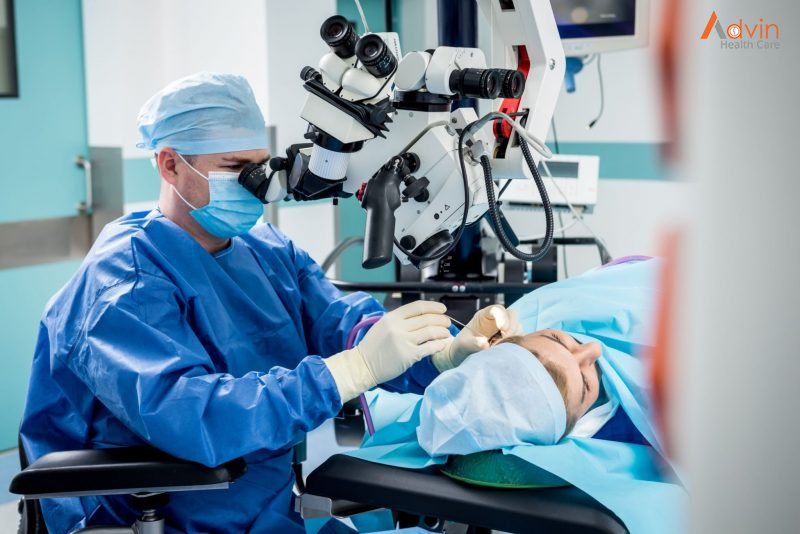

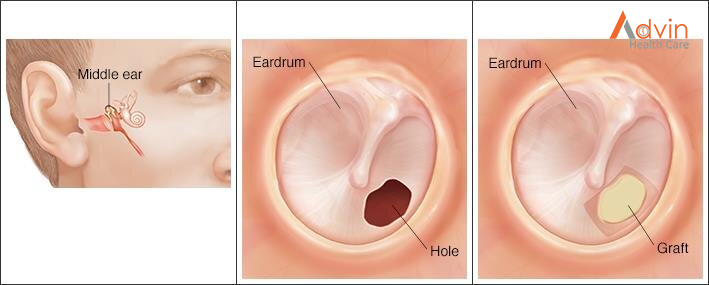

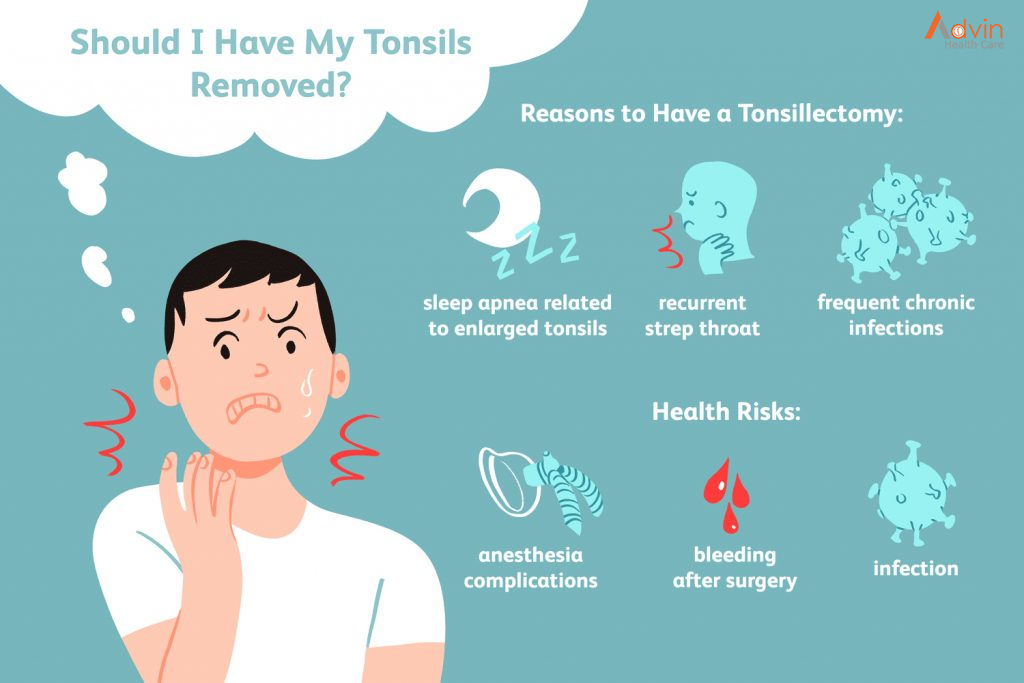



 People get rhinoplasty to repair their nose after an injury, to correct breathing problems or a birth defect, or because they’re unhappy with the appearance of their nose.
People get rhinoplasty to repair their nose after an injury, to correct breathing problems or a birth defect, or because they’re unhappy with the appearance of their nose.
